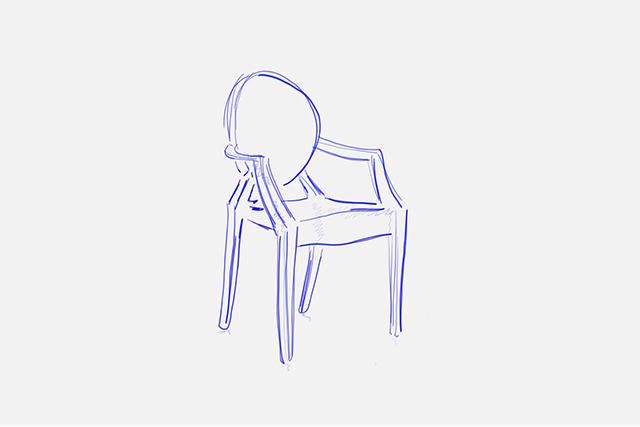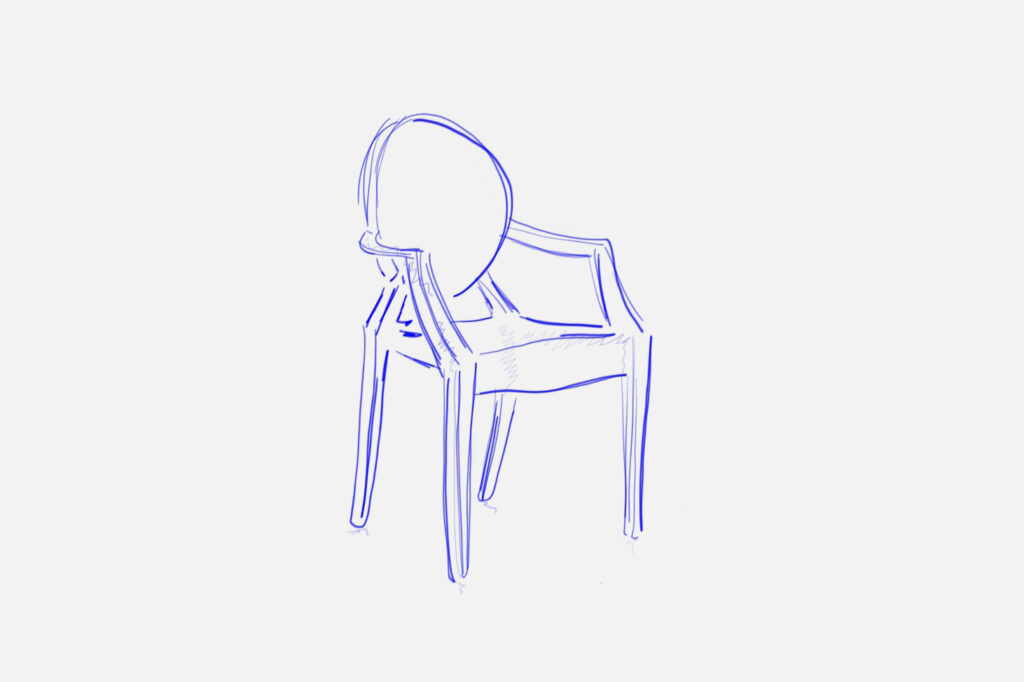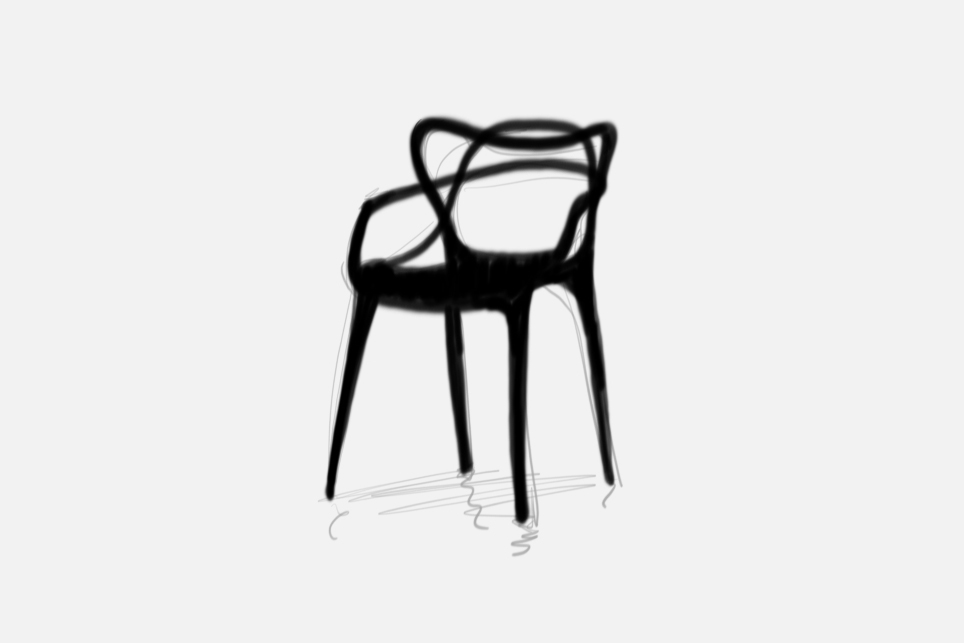
03 Feb POSITIVE NOSTALGIA IN DESIGN FIELD
How what we saw in the past can be useful to make outstanding design furniture
What is “Positive nostalgia”
This post is a cold analysis of a warm topic: I want to write about “positive nostalgia”, but in a design way and I will do it putting on the scene Philippe Starck.
Let us first see some of his words about it, so you can understand what I am talking about:
“Instead of creating absolute timeless pieces, it could either be an ancient collection which would have been modern at the time, or a modern collection with memory of the past”
He is trying to take some shapes from the past and put them in a modern way, but with style ambiguity. You can not really tell if it is an object from the past or from the present days.
We can say that this “positive nostalgia” is some kind of a design cover (if we want to borrow this word from the musicians): you take something from the past and create it again with a contemporary feeling.
I want to focus on Philippe Starck not just because he may owns this reflection, but because he used a lot of this nostalgia for successfull products he designed in the past.
Do you remember his Ghost chair for Kartell?

Philippe Starck’s Ghost for Kartell
That chair, also known as Louis Ghost, it is clearly inspired by Louis XV chair from the France of the XVIII century.
When Starck decided to use transparent plastic from Kartell, his choise could have been to design some kind of futuristic shape to boost the sense of innovation in such material. Instead of doing it, he moved his design force in making some kind of interpolation of a sign from the past with a modern technology. So he basically took something that was innovative in the late 90’s and implemented it with this “positive nostalgia” to make it understandable to the most.
Even if it may sound normal to find inspiration from the somewhere, he was not inspired by nature, a film or something else, but the inspiration came from another chair.
I do not know if this has some kind of neurological motivation, but it looks like that certain types of design with a reference to the past, but with a step forward to innovation, are unconsciously appreciated.
Another example: Masters chair
Another example of a very successfull product from the same designer is Masters chair.
Once again Starck took inspiration from chairs of the past, in detail: Series 7, Tulip and Eiffel.

He uses knowledge of those shapes that once were innovative, but today are everywhere. He obtained the final shape fusing outlines with modern touch. On a first sight you do not recognize them immediately, but when you see it, you have some kind of attraction that is probably connected with an unconscious link to those chairs.

There are just few words to analyze how there might be a natural love feeling with things that are innovative but in an affordable way. And this affordability is determined by experience of the past.
I will probably explore more this topic in the future, in the meantime have a look at Float, a lamp collection based on the same “nostalgia concept”.
Let me know what you think of this article, send me a message on Instagram.
Want to read more articles? Check it out the Journal section.


